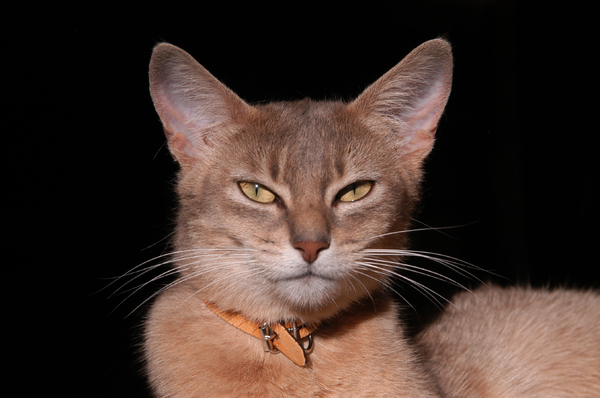Understanding Clay Cat Litter Dust and Breathing Health

Cat litter and litter boxes play a pivotal function in the lives of both felines and their owners. From the humble beginnings of sand and soil to the ingenious improvements of today, the world of cat litter has developed substantially. In this comprehensive guide, we explore every element of cat litter and litter boxes, exploring their history, types, advantages, obstacles, and whatever in between.
The history of cat litter go back centuries, with ancient civilizations utilizing sand, soil, and even ashes as primitive litter materials. However, it wasn't until the mid-20th century that modern cat litter as we understand it emerged. In 1947, Edward copyright introduced the world's first industrial cat litter made from absorbent clay, changing the method cats relieved themselves indoors. Because then, cat litter has undergone various changes, with the intro of clumping litter, silica gel litter, naturally degradable alternatives, and more.
Today, feline owners are spoiled for choice when it concerns selecting the right litter for their feline companions. Traditional clay litter remains popular for its affordability and effectiveness in absorbing odors. Clumping litter, which forms strong clumps when wet, streamlines cleansing and upkeep. Silica gel litter, composed of highly absorbent silica crystals, offers superior odor control and durability. Naturally degradable choices, such as recycled paper, wood pellets, corn, and wheat, appeal to environmentally mindful consumers.
Each type of cat litter offers special benefits. Clay litter excels in its ability to absorb wetness and control smells, making it a trustworthy choice for numerous feline owners. Clumping litter streamlines everyday scooping and extends the time between complete litter changes. Silica gel litter supplies extraordinary smell control and can last longer between replacements. Naturally degradable litters offer a sustainable option that decreases environmental impact.
While cat litter boosts indoor feline health, it is not without its difficulties. Dust from clay litter can position breathing threats for both cats and humans, prompting the appeal of dust-free alternatives. Some felines might develop litter box hostility due to problems with texture, scent, or tidiness, requiring experimentation with different litters and box setups. Multi-cat homes may need strategic litter box Wood Cat Litter placement and regular maintenance to prevent territorial disagreements and guarantee all cats have access to tidy centers.
Choosing the appropriate litter box is necessary for promoting favorable litter box practices and overall feline wellness. Elements to consider consist of size, availability, and design choices. Covered litter boxes provide personal privacy and assistance contain odors, but some cats might find them restricting or intimidating. Open-top litter boxes provide simple access and presence but might result in more litter wood pellets cat litter scatter. Automatic self-cleaning litter boxes streamline upkeep however require routine monitoring and upkeep.
Correct litter box maintenance is vital for guaranteeing a tidy and welcoming environment for both cats and their owners. Daily scooping eliminates waste promptly, lessening odor and preventing litter box aversion. Routine litter replacement, typically every 1-2 weeks, avoids bacterial buildup and preserves optimum absorbency. Thorough cleaning with moderate detergent and water, avoiding extreme chemicals that may hinder cats from using package, cat litter boxes need to be performed monthly.
Cat litter and litter boxes play a central function in cultivating a healthy and harmonious relationship between felines and their human buddies. With a diverse variety of litter alternatives and litter box designs offered, feline owners have the versatility to tailor their choices to fit their felines' choices and household needs. By comprehending the advancement, types, benefits, and challenges of cat litter and litter boxes, animal owners can offer their feline pals with a comfy and sanitary indoor environment.